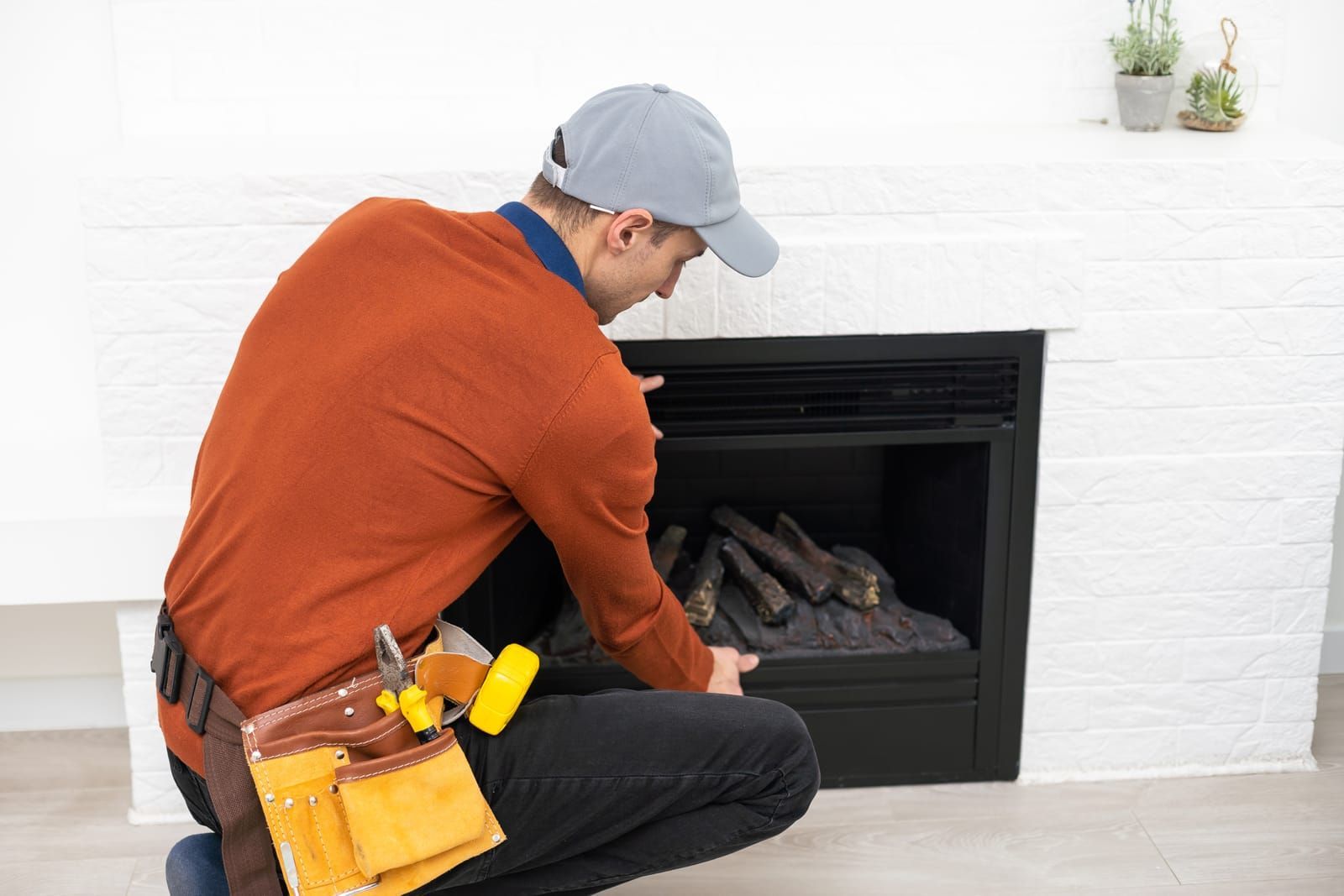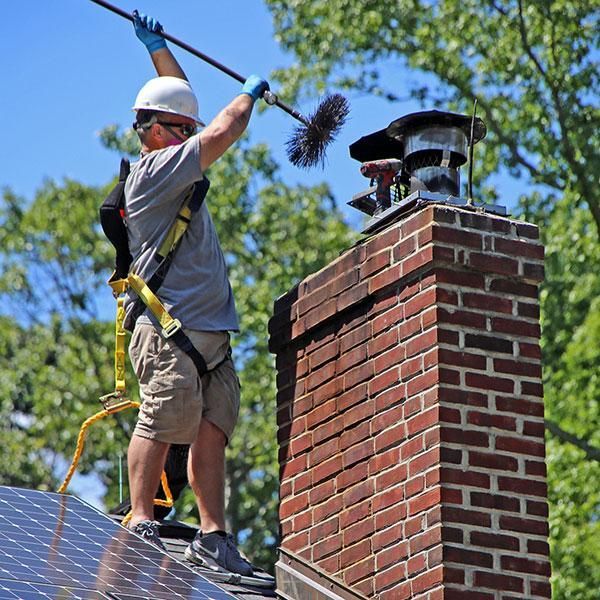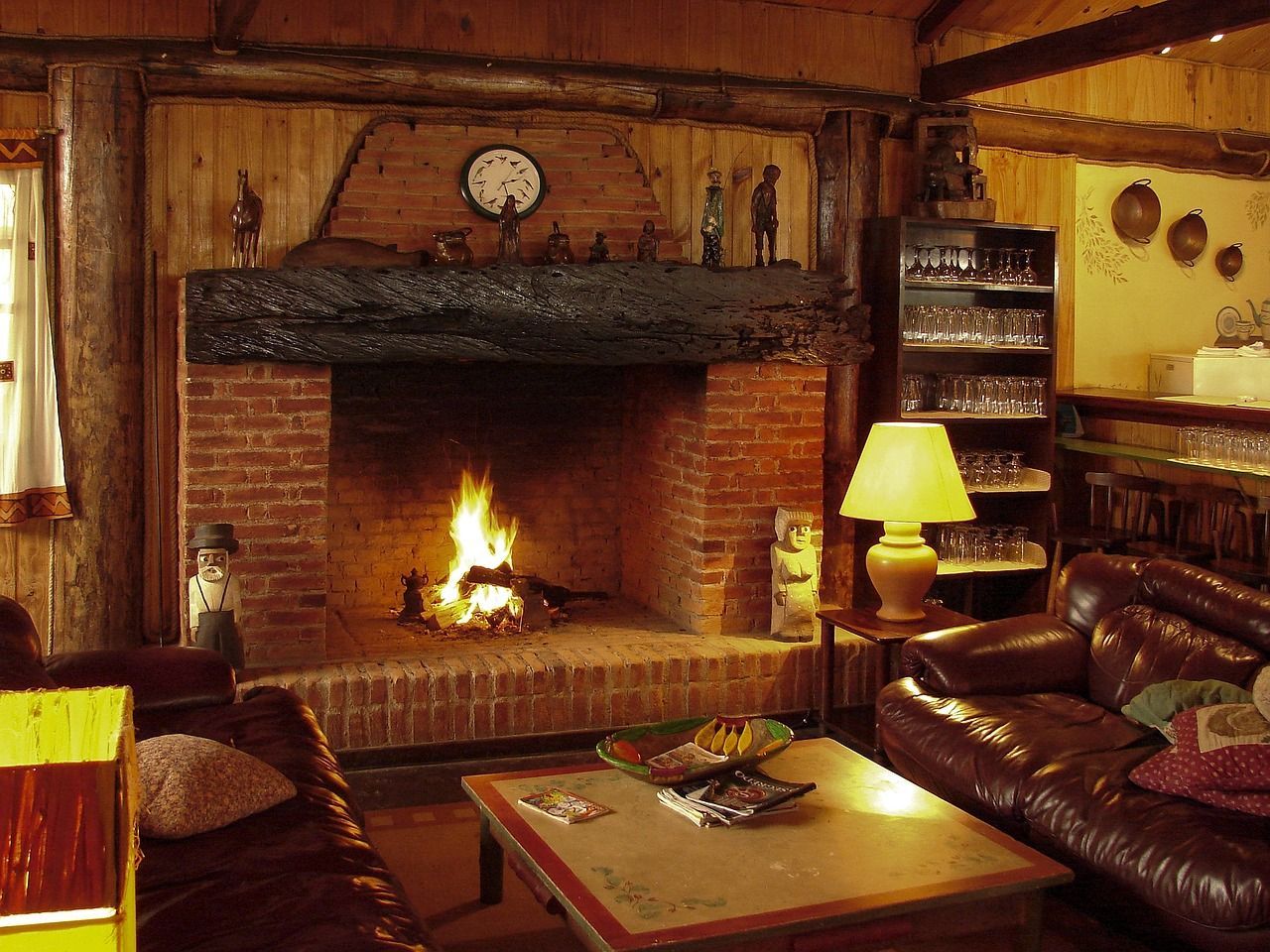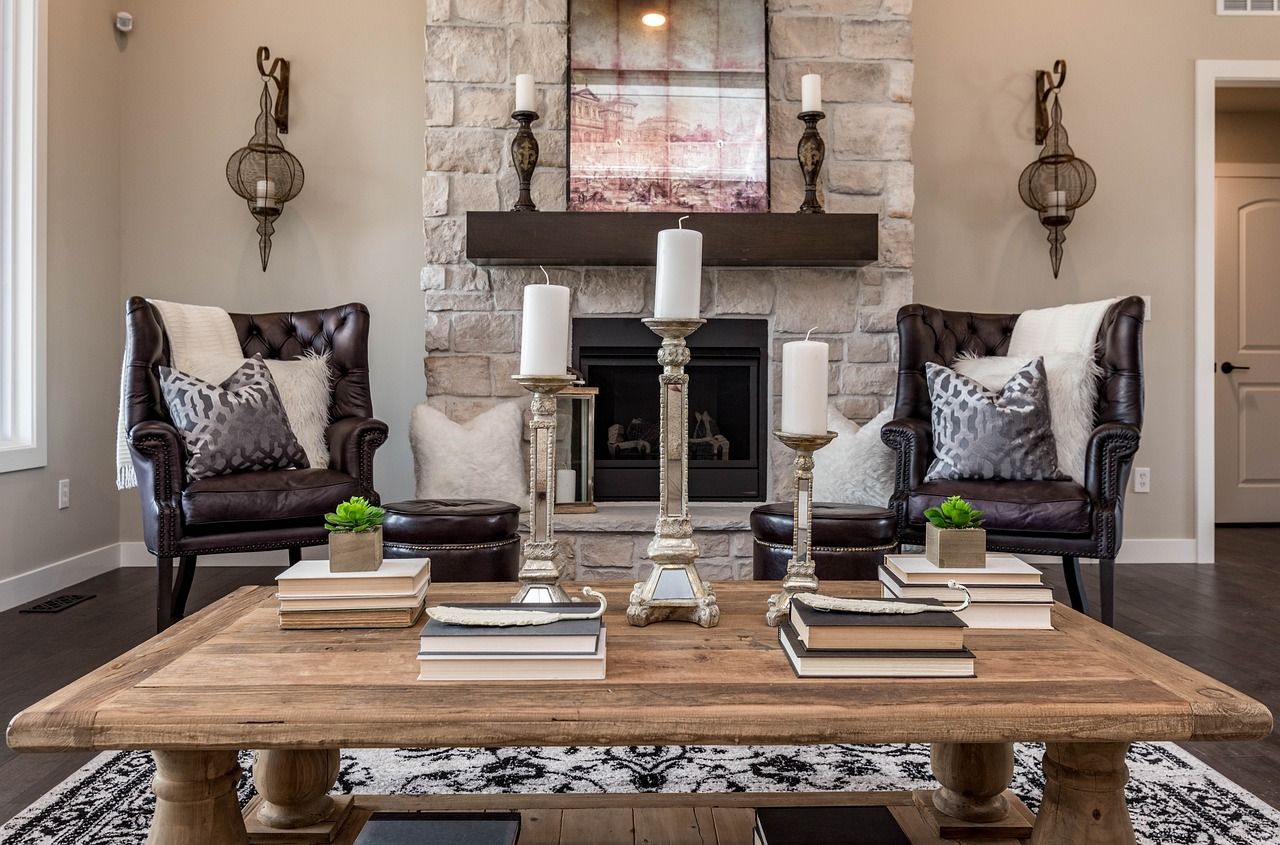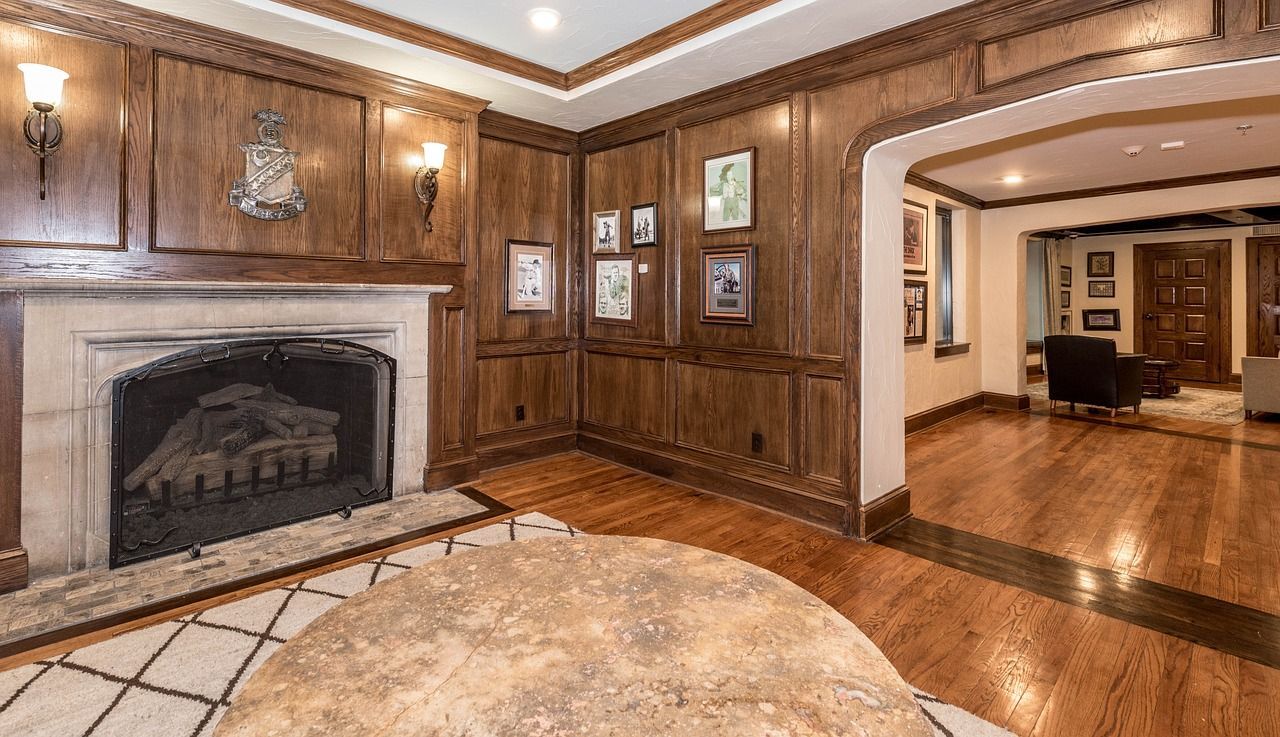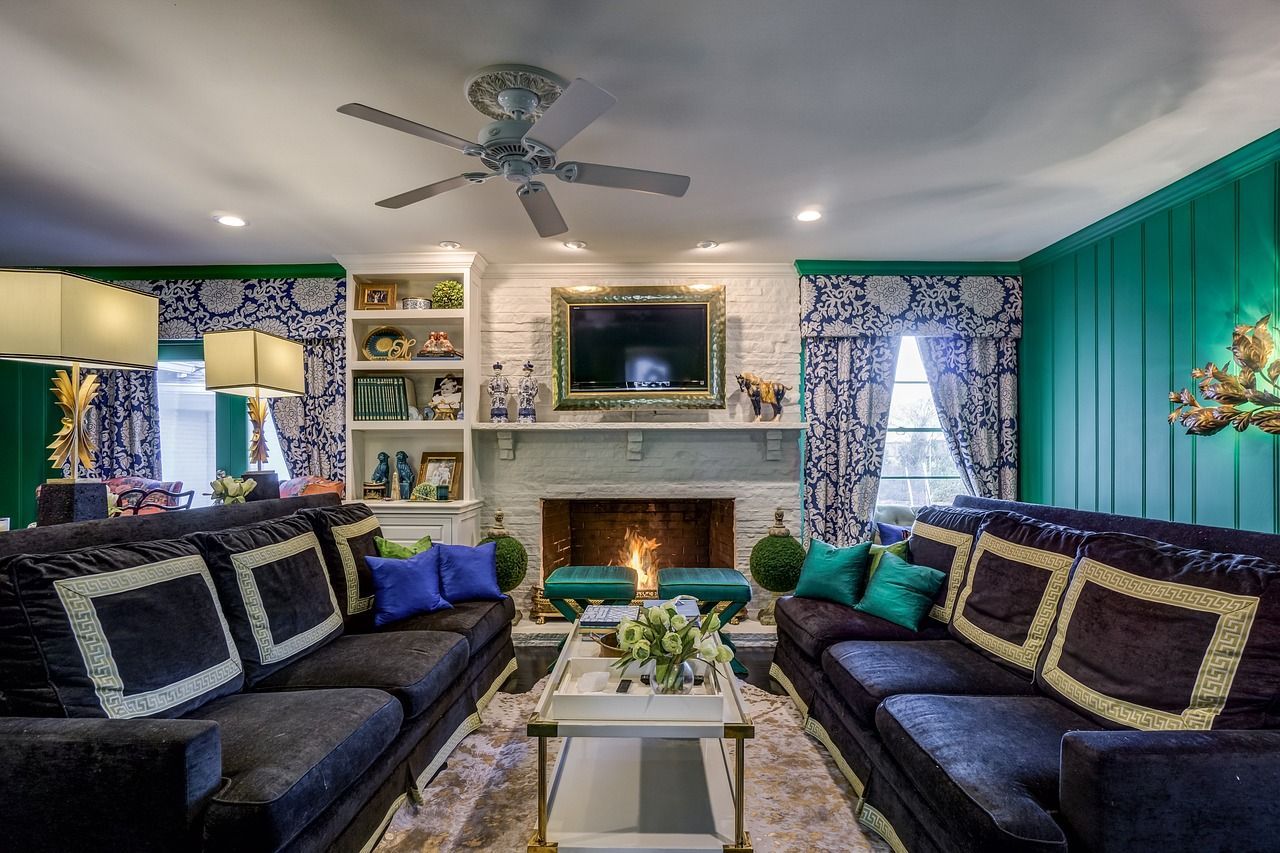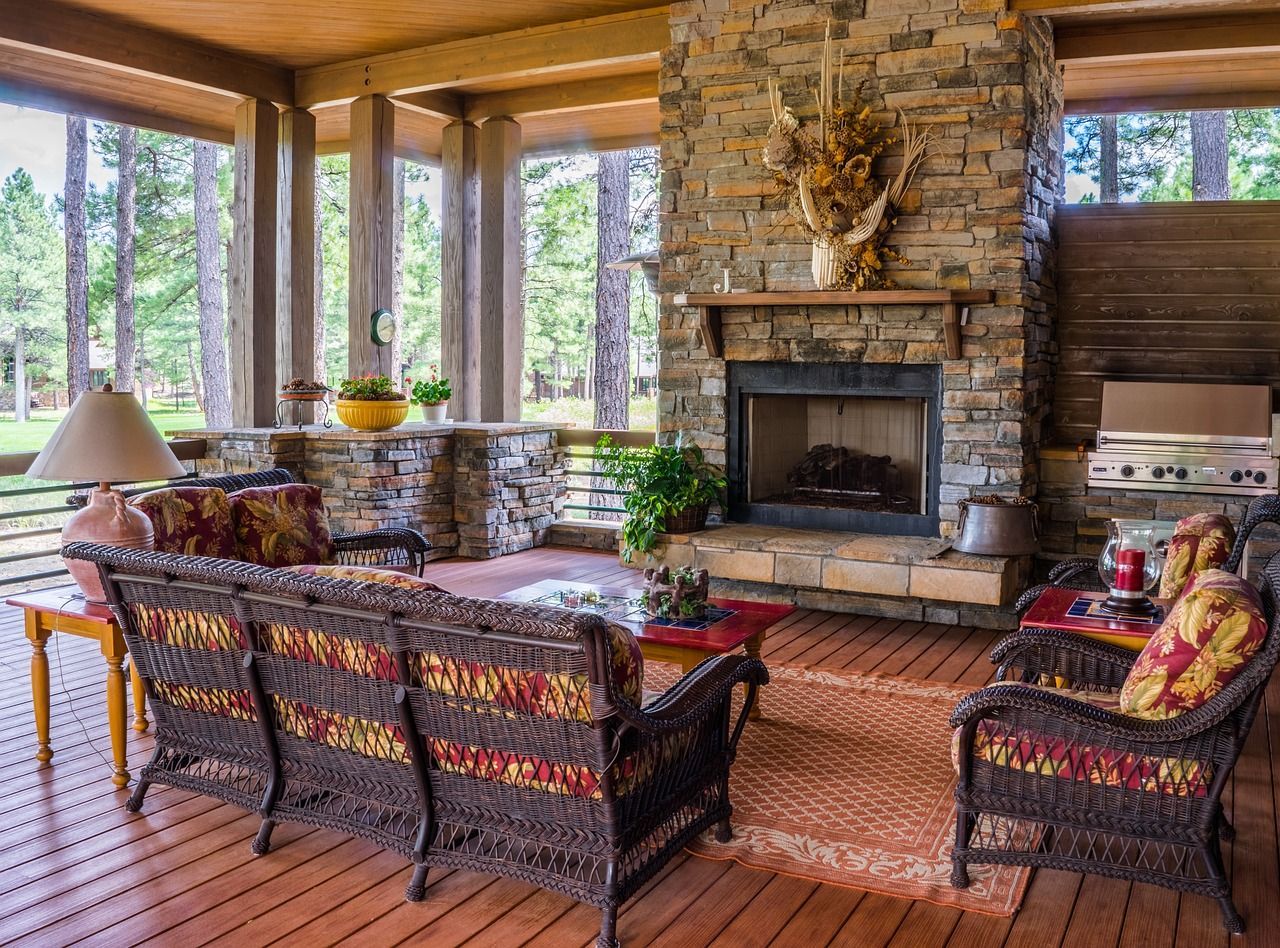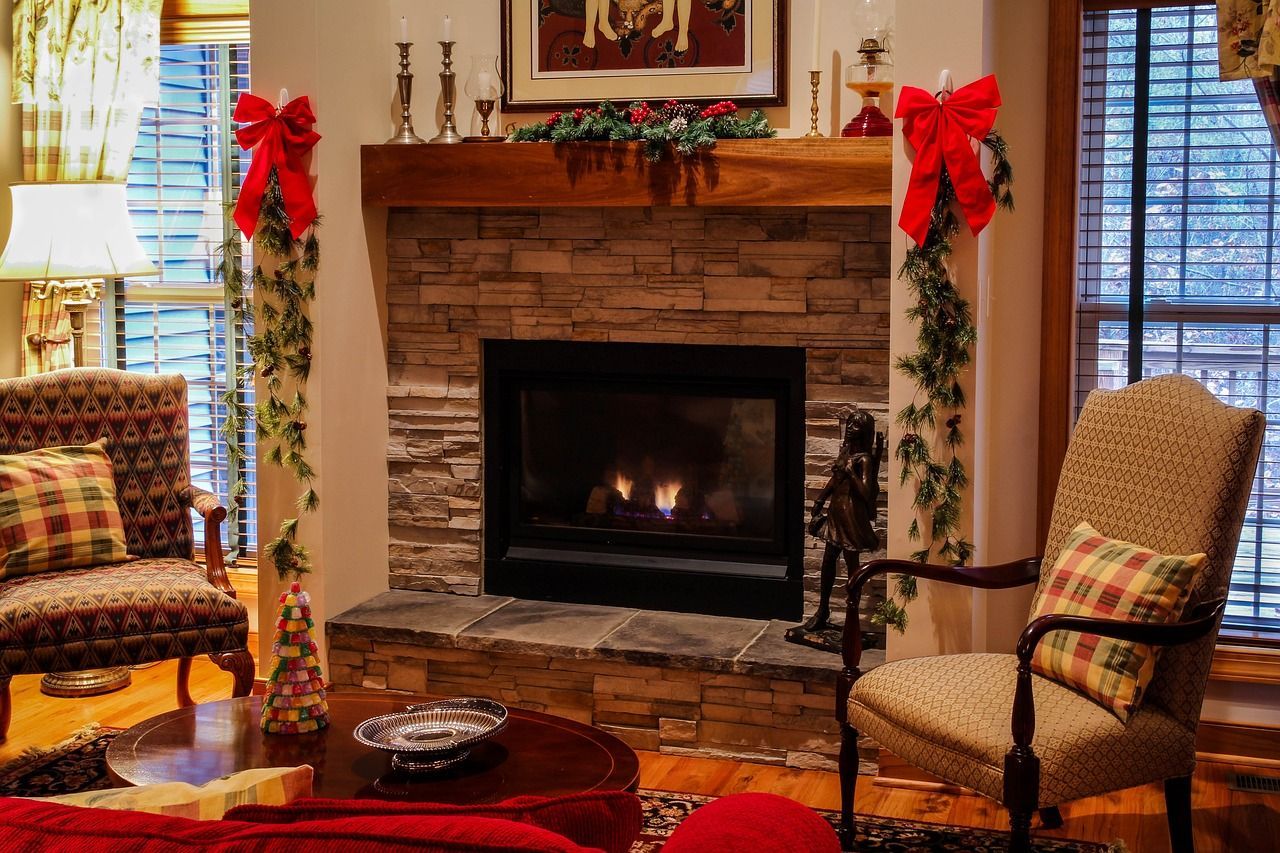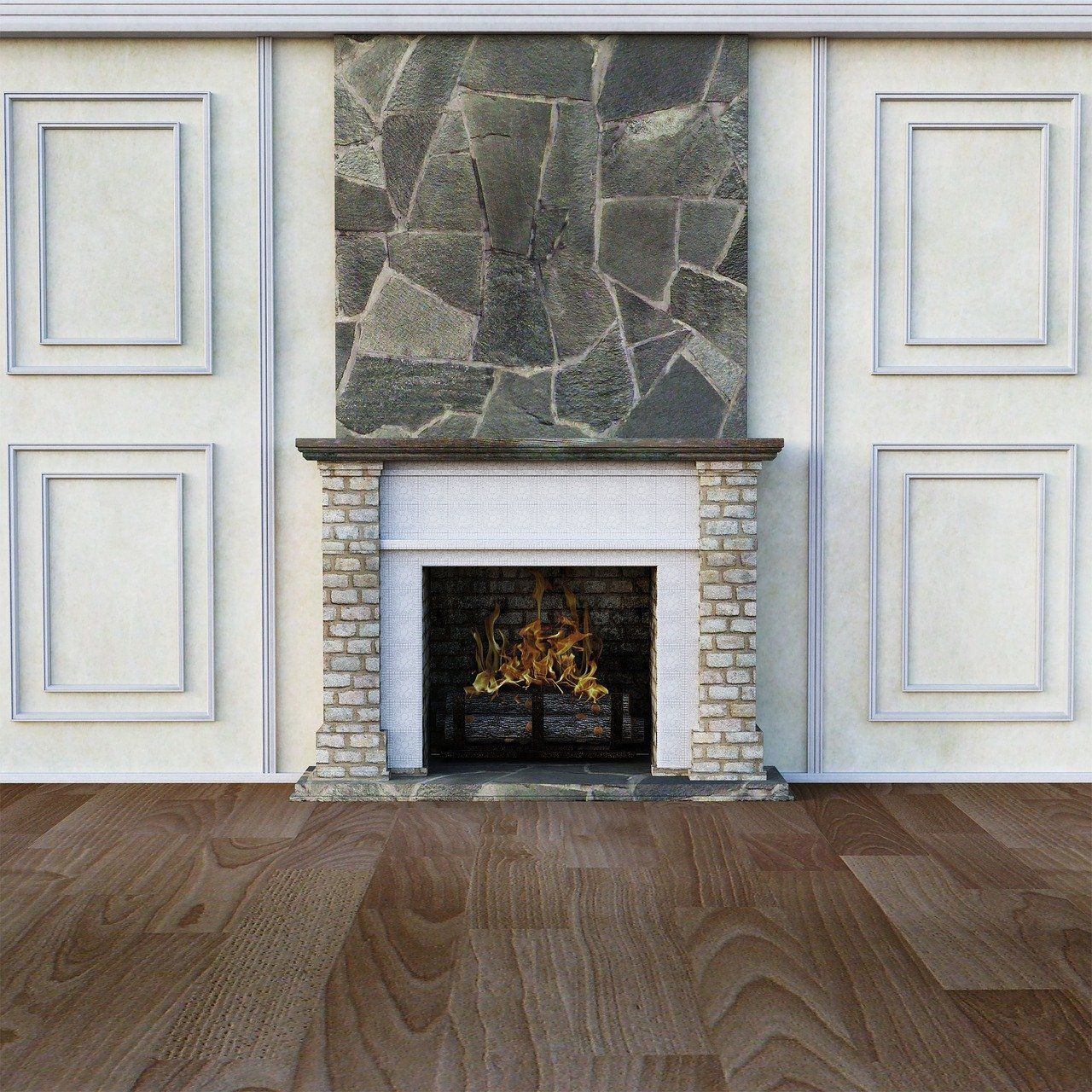Does a Gas Fireplace Need a Chimney? Exploring the Options with AdicPro
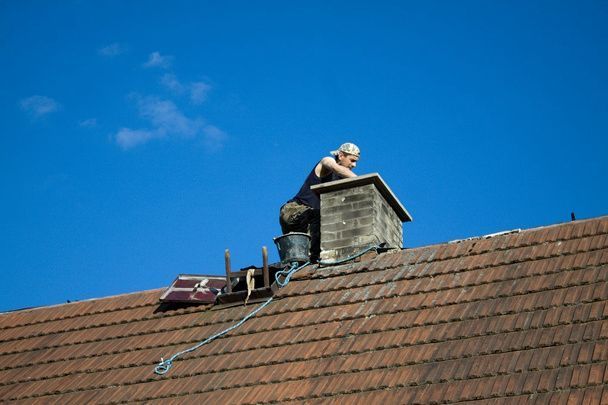
Introduction:
Gas fireplaces have become increasingly popular for their convenience, efficiency, and style. One common question that homeowners often ask is whether a gas fireplace requires a chimney. At AdicPro, we understand the importance of addressing this query to help homeowners make informed decisions about their fireplace options. In this blog post, we'll explore the necessity of chimneys for gas fireplaces, alternative venting options, and considerations for installation.
Understanding Gas Fireplaces and Chimneys:
Traditionally, wood-burning fireplaces require a chimney to vent smoke and gases safely out of the home. However, gas fireplaces operate differently and offer more flexibility in venting options. Gas fireplaces use either natural gas or propane as fuel and produce fewer emissions compared to wood-burning fireplaces, which affects the venting requirements.
Do Gas Fireplaces Need a Chimney?
The answer to whether a gas fireplace needs a chimney depends on the type of gas fireplace and the venting system it utilizes. Let's explore the different venting options for gas fireplaces:
- Vented Gas Fireplaces: Vented gas fireplaces require a chimney or a dedicated venting system to expel combustion byproducts, including carbon monoxide and moisture, from the home. These fireplaces use a vertical chimney or a direct vent system to vent the exhaust gases outside. The chimney or vent pipe must be installed according to manufacturer specifications to ensure proper ventilation and safety.
- Ventless Gas Fireplaces: Ventless, or vent-free, gas fireplaces do not require a chimney or external venting system. Instead, they utilize advanced technology to burn gas cleanly and efficiently, producing minimal combustion byproducts such as carbon monoxide and water vapor. Ventless gas fireplaces are designed to operate safely indoors and are equipped with oxygen depletion sensors (ODS) that monitor air quality and shut off the fireplace if oxygen levels become too low.
Considerations for Gas Fireplace Installation:
When considering the installation of a gas fireplace, several factors should be taken into account, including:
- Building Codes and Regulations: It's essential to check local building codes and regulations regarding gas fireplace installation and venting requirements. Building codes may dictate the type of venting system allowed, clearance distances from combustible materials, and other safety considerations.
- Space and Room Configuration: The layout and configuration of the room where the gas fireplace will be installed will influence the choice of venting system. Direct vent gas fireplaces require access to an exterior wall for venting, while ventless gas fireplaces can be installed virtually anywhere within the home.
- Professional Installation: Gas fireplace installation should always be performed by a licensed and experienced professional. A qualified installer can assess the space, recommend the appropriate type of gas fireplace and venting system, and ensure that the installation complies with safety standards and manufacturer guidelines.
Advantages and Considerations of Gas Fireplaces Without Chimneys:
Gas fireplaces without chimneys offer several advantages, including:
- Versatility: Ventless gas fireplaces can be installed in locations where traditional chimneys are impractical or not feasible, such as apartments, condos, or rooms without access to an exterior wall.
- Efficiency: Ventless gas fireplaces operate with high efficiency, as they do not lose heat through a chimney or vent pipe. They provide consistent heat output and can be used as a supplemental heating source in addition to central heating systems.
- Ease of Installation: Ventless gas fireplaces are relatively easy to install compared to traditional vented fireplaces, as they do not require the construction of a chimney or vent pipe. This can result in lower installation costs and shorter lead times.
However, there are also considerations to keep in mind when opting for a gas fireplace without a chimney:
- Indoor Air Quality: Ventless gas fireplaces release combustion byproducts such as carbon monoxide and water vapor into the home. While modern ventless fireplaces are equipped with safety features and sensors to monitor air quality, it's essential to ensure adequate ventilation and proper sizing of the fireplace for the space.
- Moisture Buildup: Ventless gas fireplaces can increase indoor humidity levels, which may lead to moisture buildup and potential issues such as mold and mildew growth. Proper ventilation and humidity control measures should be implemented to mitigate these concerns.
Conclusion:
In conclusion, whether a gas fireplace needs a chimney depends on the type of gas fireplace and venting system chosen. Vented gas fireplaces require a chimney or external venting system to expel combustion byproducts safely, while ventless gas fireplaces operate without the need for a chimney, relying on advanced technology to burn gas cleanly and efficiently indoors. At AdicPro, we're committed to helping homeowners explore their fireplace options and make informed decisions that meet their heating and aesthetic needs while prioritizing safety and efficiency. Contact us today to learn more about gas fireplace installation and venting options tailored to your home.
